Agriculture: Concept, Types, History and Images
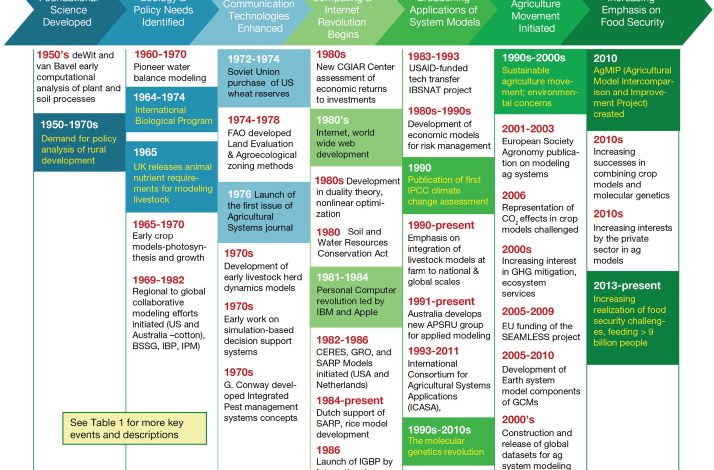
Do you know what agriculture is?And why has it been so important in the development of humanity?
What types are there? What advantages and disadvantages does it have?
In this article we answer all these questions and give much more information.
Did you know…
Agriculture is one of the greatest inventions of mankind.
It is estimated that we stopped being hunter-gatherers about 10,000 years ago to become farmers and ranchers.
What is agriculture?
Agriculture (from the Latin Agri, which means field in Latin and culture, which means cultivation, breeding) is the set of techniques and knowledge aimed at cultivating the land, with actions developed by human beings that transform the natural environment.
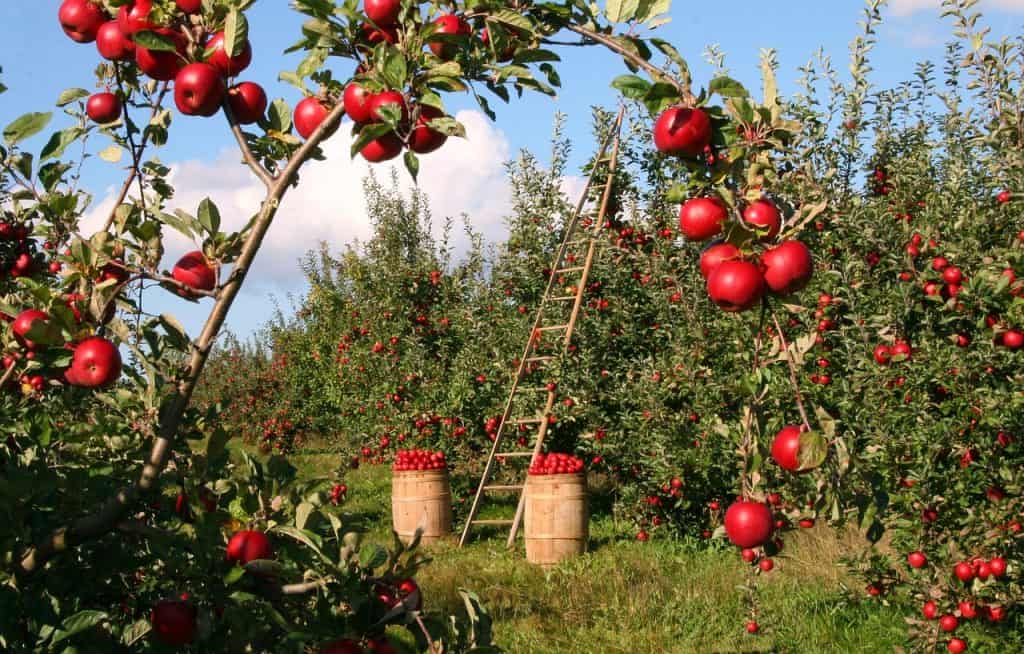 It is essential for life on the planet, for the development and wealth of nations.
It is essential for life on the planet, for the development and wealth of nations.
These activities, encompassed in the so-called agricultural sector, are carried out in order to exploit for economic purposes, all those resources that emanate from the earth.
They are propitiated by the human being, whoseeks to obtain plant-based foods suchsuch as: cereals, fruits, vegetables, pastures and fodder, as well as fibers used in the textile industry and other uses associated with energy crops.
To a large extent, agriculture depends on the favors of the climate and techniques that make the land, fertile soils very usable.
Did you know…The historian philosopher Yuval Noah Harari considers that agriculture has been one of the worst inventions of human society in relative terms of happiness, but a great invention in relative terms of increasing the number of human beings on the planet.
In other words, with agriculture, human beings began to have less variety of food, to depend on factors such as rain or possible pests and the need to work a large number of hours a day.
On the other hand, it was possible to feed a greater number of people, with a much weaker immune system than that of the hunter-gatherers. That is why the population increased exponentially, but it did so in a worse way.
How did agriculture start?
As far as is known, the origin of agricultural activity dates back to the actions of the first settlers of Egypt, India and West Asia, as stated in various graphic testimonies found in caves and grottoes.
In these places, human creativity made possible the first hydraulic sowings and harvests, from plants collected in nature.
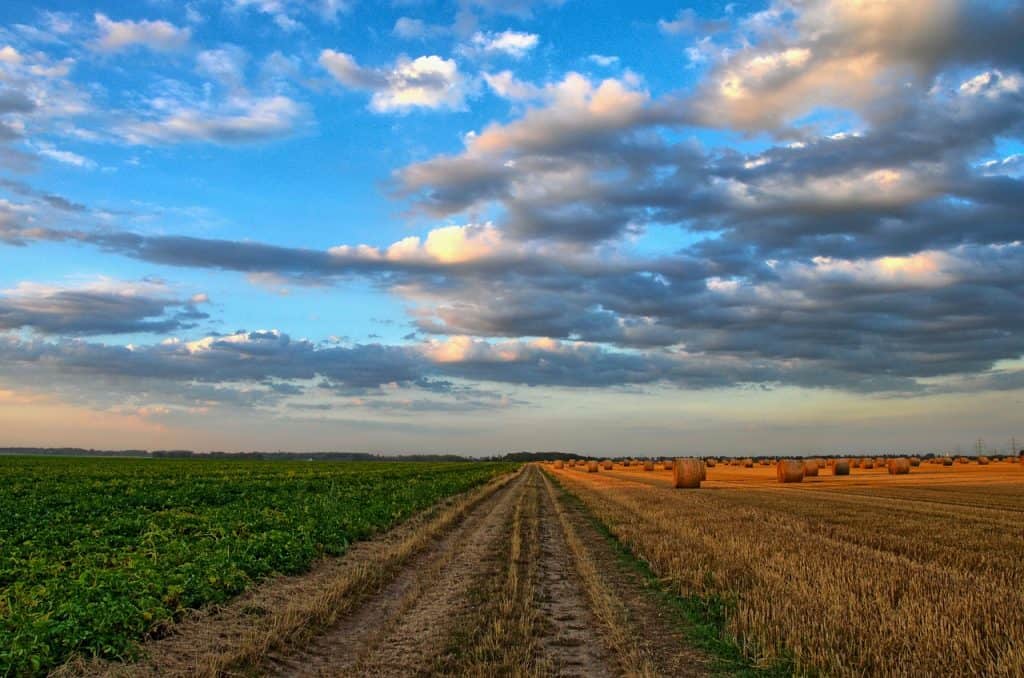 But it could also be located from the moment when the first settlers stopped hunting their food and began to plant it.
But it could also be located from the moment when the first settlers stopped hunting their food and began to plant it.
China, Africa (the Sahel), New Guinea and several American regions developed techniques that allowed the expansion of eight crops in the Neolithic era: «spelt» wheat and «polled» wheat ; then came barley; legumes such as peas, lentils, chickpeas, yeros and flax.
Precisely in the Neolithic period,economic activities of gathering, hunting and fishing,they evolved towards agriculture and livestock, favored by warmer temperatures, very probablyas a result of climatic changes.
Other causes could be derived from the scarcity of food from harvesting or hunting, as a result of thedesertification of many regions.
This allowedthe appearance of crops in large extensions of land,used for agriculture on a larger scale, so according to anthropologists versed in the subject,a change was created in the evolution of the human speciestowards weaker or more vulnerable individuals, but at the same time there was more food for everyone.
Consequently, population density grew, but also because women dedicated themselves more intensely to being mothers and staying at home. That is why we also talk about the birth of patriarchy.
Likewise, the nascent and prosperous agriculture sedentarizes society, creates commercial relationships, a much clearer division of labor and ownership of real estate, when before it was only a mobile property of nomads who came and went.
The first crops that appeared were wheat and barley, in the so-called Fertile Crescent, from Mesopotamia to Egypt, China, India and the pre-Columbian American region.
Did you know…Evidence has been found that demonstrates a development of agricultural activity on the banks of the Nile River by our peasant ancestors, back in 6,000 BC. C, due to the incipient or null progress in irrigation techniques.
And it has also been specified that at least since 7,000 BC in ancient India wheat and barley were cultivated, according to what emerges from excavations carried out in the area of Balochistan, today a territory of Pakistan.
This date also marks the appearance of agriculture in Egypt.
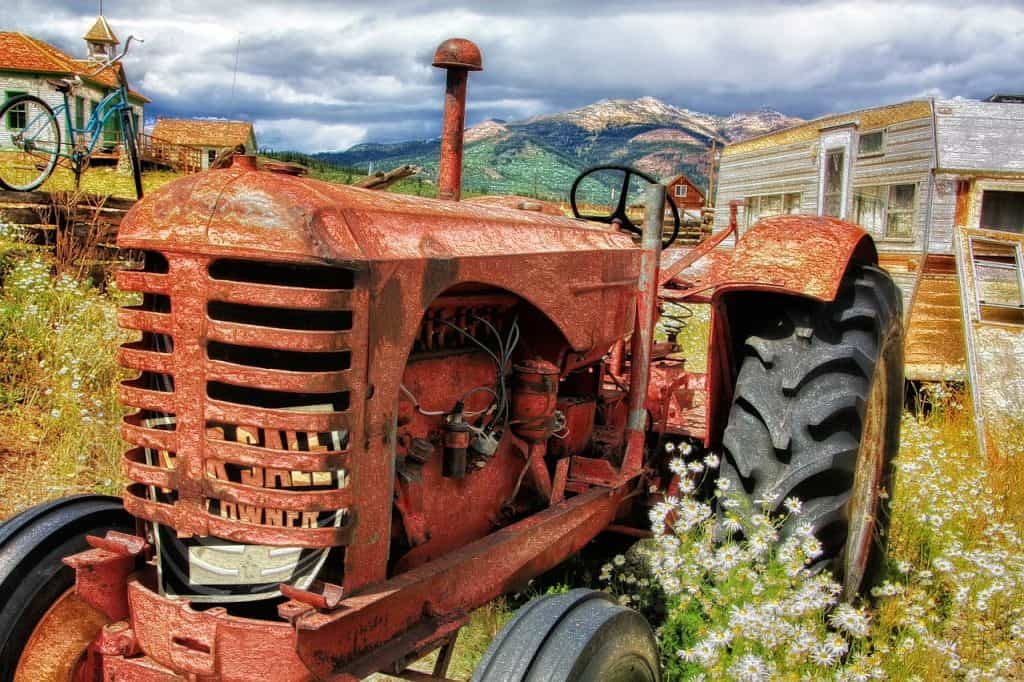 Meanwhile, in the Far East, rice, not wheat, was bursting onto the scene as the main crop. Farmers in China and Indonesia also successfully cultivated mung beans (Vigna radiata), azuki beans (Vigna angularis), and soybeans, as well as the so-called Chinese potato (Colocasia esculenta).
Meanwhile, in the Far East, rice, not wheat, was bursting onto the scene as the main crop. Farmers in China and Indonesia also successfully cultivated mung beans (Vigna radiata), azuki beans (Vigna angularis), and soybeans, as well as the so-called Chinese potato (Colocasia esculenta).
Organized fishing was also seen in rivers, lakes and ocean coasts, a perfect formula that brought large amounts of vital proteins for life, adding to the new agricultural methods that favored a boom in the human population.
The so-called monoculturevery good irrigation techniques and intensive cultivationon a large scale, they are due to the Sumerians (inhabitants of the south of ancient Mesopotamia) in the year 5,000 BC
Specialized labor also appeared with them, at the confluence of the Tigris and Euphrates rivers, where they spent the night and moved along a water route.
Later, wild species such as aurochs and mouflon began to be domesticated, allowing the use of animals on a larger scale to eat, obtain various fibers to cover themselves and move heavy loads on their backs.
In the Americas, maize , cassava, and arrowroot, became staple foods in 5200 BC
Did you know…But not everything was nice. Precisely the first lawsuits or legal suits arose from disputes associated with land ownership, giving rise to government agencies and legal systems for the resolution of these conflicts.
In this way, more complex societies began to be delineated, withbusiness activities marked by a division of laborbased on agriculture and livestock as the central axis.
Thus, agriculture is positioned as a fundamental primary activity in the life of the planet.
What is the function of agriculture?
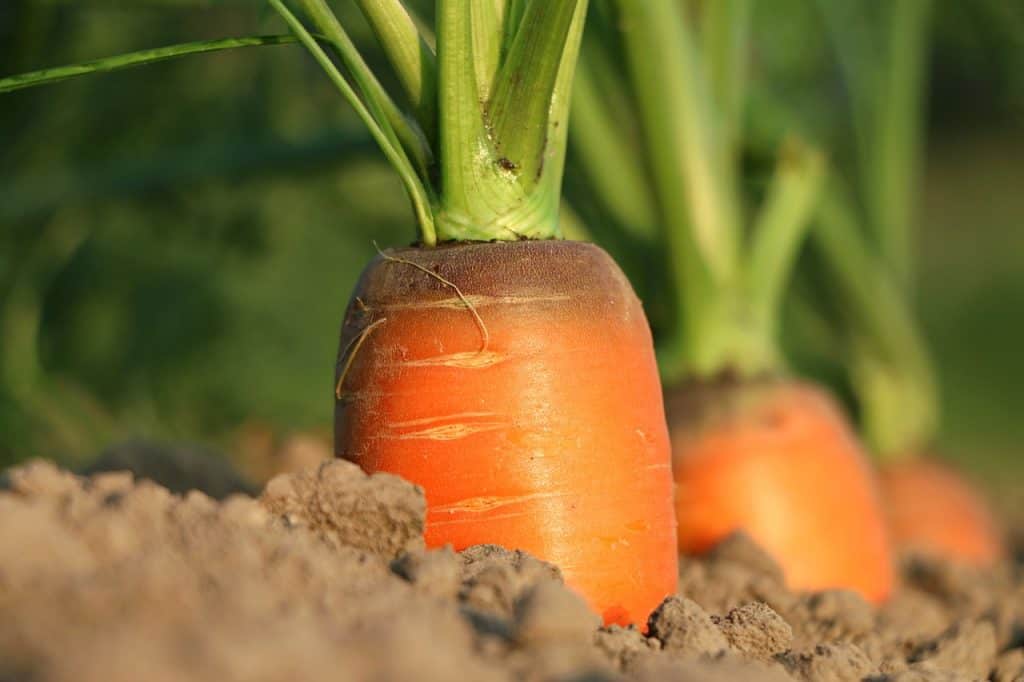 Agriculture is essential for the subsistence of peoples, so much so that more than 2,570 million people on the planet, according to reports from the Food and Agriculture Organization of the United Nations (FAO), depend on agricultural activities, fishing and hunting or forestry to survive, which representsabout 42% of humanity.
Agriculture is essential for the subsistence of peoples, so much so that more than 2,570 million people on the planet, according to reports from the Food and Agriculture Organization of the United Nations (FAO), depend on agricultural activities, fishing and hunting or forestry to survive, which representsabout 42% of humanity.
Historically, agriculture has been associated with the economic growth of nations and in industrialized countries it represents a great source of income from food exports.
Another valuable contribution of agriculture is that it supports more than 800 million undernourished people, inhabitants of rural areas of the world, mitigates hunger with tubers and vegetables extracted from the earth, while the possibility of earning some money also comes from sale of food produced by this sector of the economy on a rural or local scale.
In short, agriculture is much more than an economic activity, it is a way of life, with a heritage and cultural identity of strong ancestral ties with Mother Nature, where knowledge and technical knowledge are inherited from generation to generation.
What impact has the use of agriculture had on society?
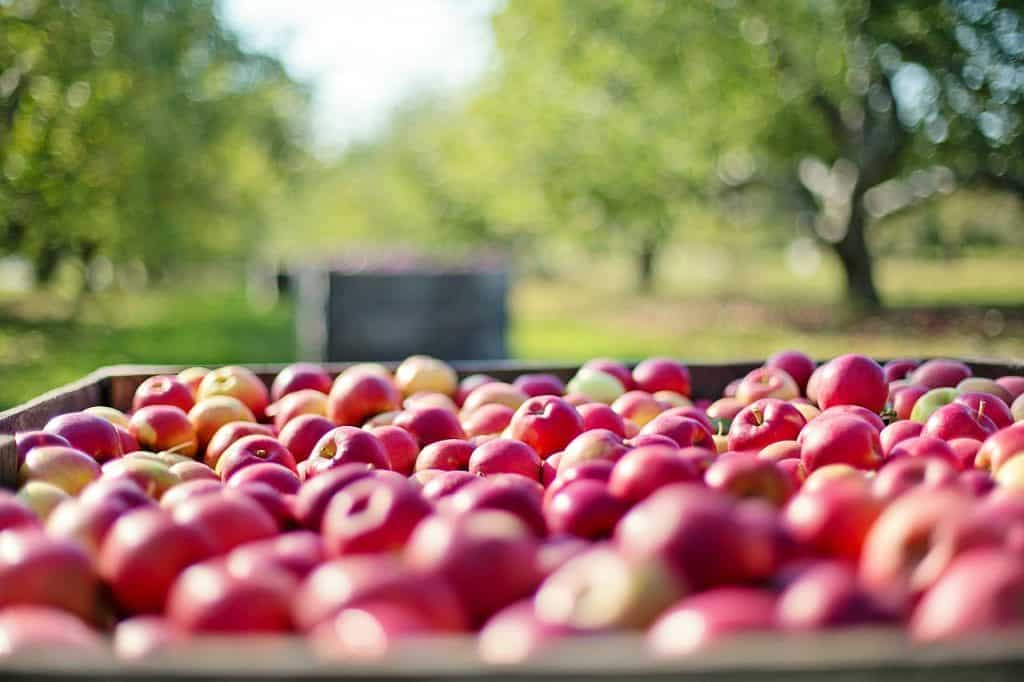 The importance of agriculture for the evolution of the human race is indisputable.
The importance of agriculture for the evolution of the human race is indisputable.
It favored, since time immemorial,Not just population growth.thanks to a greater production of food available to all, but also became a fundamental engine of local, national and international economies, generating millions of jobs year after year, as well as exports of traditional and non-traditional items. that boost the economies of industrialized and emerging countries.
The Organization for Economic Cooperation and Development (OECD) considers agriculture as one of the essential economic, social and environmental activities for human beings.
not just becauseprovides us with essential foodto keep us alive and healthy, but also because it provides raw materials to foster industrial development.
What advantages and disadvantages does agriculture have?
Among the most important advantages or benefits we have to summarize:
- Agriculture provides food to the inhabitants of the planet, since ancient times.
- It generates sources of employment and wealth, promoting and invigorating the economies of the countries.
- In rural areas with populations at serious nutritional risk, subsistence agriculture becomes a palliative against hunger and provides minimal income to support very poor families.
- The so-called agrarian mechanization has allowed the incorporation of the typically agricultural population towards better paid industrial activities, offering them better possibilities of social advancement.
- The support in new technologies and mechanized activities has allowed a more accelerated production in some items cultivated in reduced spaces, for the food benefit of the population.
Intensive agriculture for industrial purposes has brought many benefits,but also very serious environmental problemsassociated with the indiscriminate use of pesticides, burning of fields, reduction of native flora, of complete ecosystems, with the usual destruction of fertile lands and waters that die due to pollution, causing:
Disadvantages of farming:
- Harmful use of aerial pesticides that harm the environment and people.
- Soil contamination, due to the indiscriminate use of phosphorous, magnesium and nitrogen in lakes and rivers.
- Inadequate management of solid waste produces infertility in soils.
- Approximately 40% of the planet’s fertile land is degraded, so in 2025, the African continent will only be able to feed 25% of its population according to indicators from the Ghana Institute.
- Long-term death of fertile land.
- Elimination of living hedges (use hedge trimmers) to increase productivity by scale and increase the size of farms, destroys habitat and promotes erosion.
- Monocultures trigger loss of biodiversity and genetic homogeneity with greater effects due to pest attacks and inclement weather.
- The excessive use of phytosanitary products contaminates water sources and eliminates pollinating bees and populations of birds and mammals.
- Bad competition between agrofuels and food.
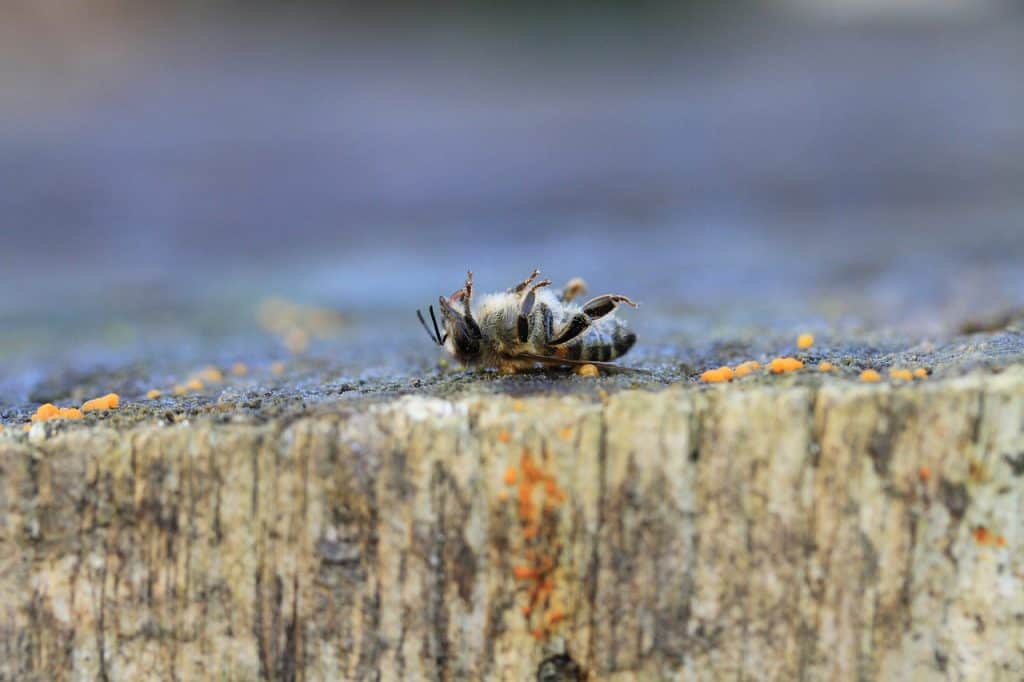
How has agriculture evolved over the centuries?
Chronologically,agriculture has evolvedalong with human needs.
Let’s see the transcendental dates that have marked this vital activity for life.
- 12,500 to 11,500 BC: The first inhabitants of the planet begin to favor the growth of plants that are useful to them, harvesting them on a larger scale. They also lock up animals to get them used to their presence. It is estimated that the planet had less than 1 million inhabitants.
- 11,500 to 8,500 BC: The planet suffers a global cooling that prevents men from going out to hunt. The survival response is achieved in agriculture as a way of obtaining food. With this activity, sedentary lifestyle also arrives. Although the first evidences of agricultural activity appear in the Middle East, agriculture had its own expressions in Turkey, China and America.
- 8,500 BC: In what is now Turkey, rye is grown sustainably and over the next thousand years, the practice spread to many other crops including: lentils, peas, and wheat. Man also domesticated and fed on pigs, goats, sheep and used donkeys as cargo transport.
- 7,500 to 6,000 BC: Crop rotation invented. Pumpkins are domesticated in Mexico and potatoes in Peru. And the soil is allowed to rest until the next cycle to recover nutrients. The world population exceeds 4 million inhabitants.
- 3,000 BC C: The first great civilizations appear: Sumeria (now Iraq) and Ancient Egypt (north Africa). Both societies have strong agrarian features with sedentary inhabitants.
- 2,500 BC: The first evidence of artificial fish farming emerges in China. World population is estimated at 50 million inhabitants.
- 1,000 BC: Iron is incorporated into agricultural activity, in the manufacture of tools to work the land. This energizes the activities. The horseshoe is invented to speed up the work of horses.
- 180 BC: The Greeks write the world’s first Fisheries treatise, called Halieulica.
- 700 to 1250 AD: The Muslim culture, a source of inventions and knowledge, promotes the exchange of crops between the Far East (China and India) and Europe. Sorghum, for example, leaves Africa and reaches the East. Rice, cotton and sugar cane cross the seas, from the East to Europe. The world population reaches in this period about 400 million inhabitants.
- 1300 to 1400 AD: The benefits of agriculture grow and profits increase prosperity in the cities, which register growth never seen before, thanks to a dynamic trade and the appearance of crafts increasingly important to improve the quality of life of people. everybody.
- 1,500 AD: Thanks to the discovery of America, the world receives corn, potatoes, tomatoes, tobacco, beans, avocados, strawberries, cocoa and turkeys, among other items that help globalize the world, because techniques and crops are standardized at a global level. world. The population exceeds 500 million people.
- 1600 to 1850 AD: Great social and political changes produce transformations in land ownership, in a large part of the planet. Private property appears and with it an increase in productivity, although many peasants also migrate to the cities because they run out of land. worked. They then become workers and participate in the Industrial Revolution (begins in the second part of the eighteenth century, in the kingdom of Great Britain)
- 1864 AD: In the United States, the world’s first commercial fish farm is established.
- 1900: Agriculture and livestock undergo incredible transformations, because in 1892 the gasoline tractor and many other machines are invented to favor planting, fumigation, harvesting, as well as cleaning and classifying crops, in order to improve productivity in fields. The world population reaches 2,000 million inhabitants.
- 1930-1940: The English invent the first artificial fertilizer, capable of providing plants with nutrients quickly and cheaply so that they grow healthy.
- 1940-1950: Artificial pesticides appear to combat pests that undermine crops. DDT became famous, but later it was discarded due to the serious dangers it entails for the health of people and the environment.
- 1950-1970: Fully mechanized field work, effective pest control, fertilization and improvements in agriculture and livestock raise productivity in the richest countries to transcendental levels. The so-called Green Revolution breaks out, bringing these benefits to low- and middle-income countries.
- 1994: The first genetically modified food is released on the world market: a variety of tomato. They named him Flavr Savr. The world population now reaches 5 billion people.
- 2009: Robotics is incorporated, with experimental models of robots used to irrigate, harvest and spray crops.
- 2000 to 2010: GMOs burst onto the scene, present in most developed countries with high incomes. GM crops and foods basically incorporate genes from bacteria, but the possibilities are vast. Research is carried out with mouse genes in pigs, fish genes in Tomatoes, human genes in rice and a long etcetera. The world population is now around 6 billion people.
- 2011: Humanity reaches 7 billion people who live and feed on the gifts of Mother Earth. According to official reports from the United Nations organization, the drastic growth of the population is attributed to the fact that greater numbers have increased their life expectancies in reproductive age and fertility rates, therefore, have also increased, for which reason calculates that at this rate, in 2050 the planet will reach about 9,700 million people who will fight for the little food and water.
Therefore, sustainable agriculture, sustainable and respectful of biodiversity, continues to be the best option for survival of the human race. No more no less.
What types of agriculture are there?
traditional agriculture
It uses typical systems of the place where it originates, with its own methods that are entrenched in the local culture that remain over time.
Organic agriculture
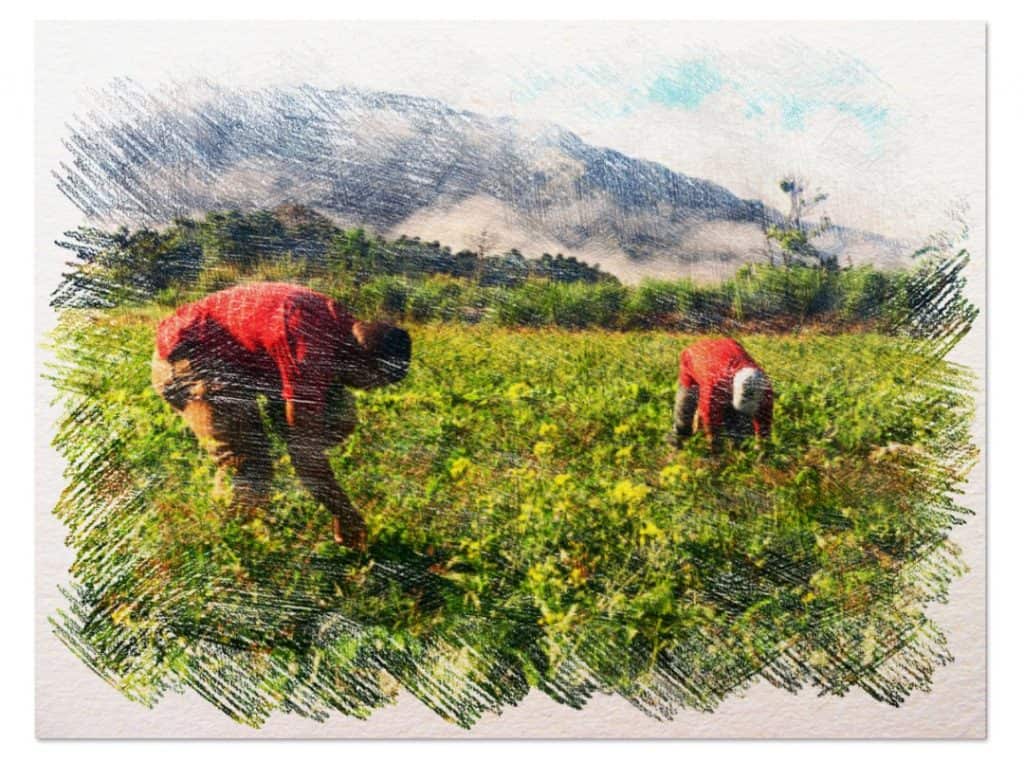 It is also called biodynamic agriculture.
It is also called biodynamic agriculture.
The production systems respect the ecological characteristics of the place and the geobiological characteristics of the exploited soils, promoting their fertility, with respect for the natural distribution of plant species and taking advantage of the conditions provided by the different weather stations.
Pesticides are not used. The production methods used are 100% green.
nature farming
Literally, what falls from the ground is collected and consumed, without any human intervention to produce food.
Depending on the magnitude of production and its relationship with the market, let’s see this other classification.
subsistence farming
It produces the minimum amount required by a family group because the farmer does not have any technical support.
To know more: Subsistence agriculture.
industrial agriculture
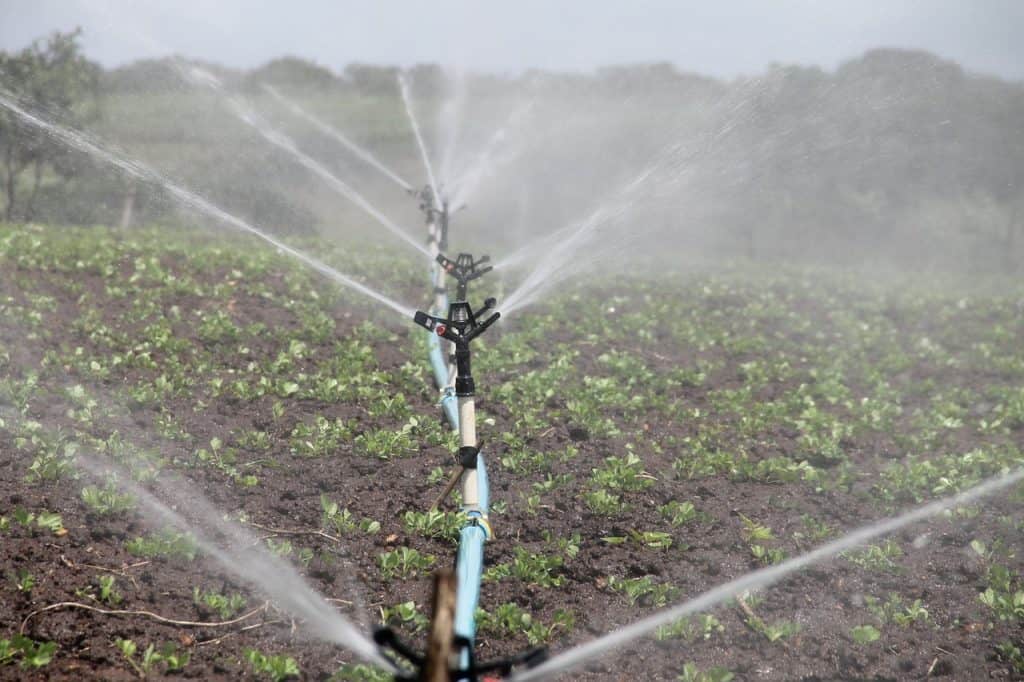 Produces on a large scale, using expensive means to activate production lines and market them in external or international markets. The technology used by industrialized nations is getting smarter.
Produces on a large scale, using expensive means to activate production lines and market them in external or international markets. The technology used by industrialized nations is getting smarter.
Depending on your dependence on water, you get:
Rainfed agriculture
It is used this way because the farmer uses water fromrain or underground sources.
Precision farming
Precision agriculture is a highly efficient type of agriculture.
The reason is that it uses science and technology to maximize crop production, avoid possible pests and diseases and take advantage of the greatest number of cultivable meters.
irrigated agriculture
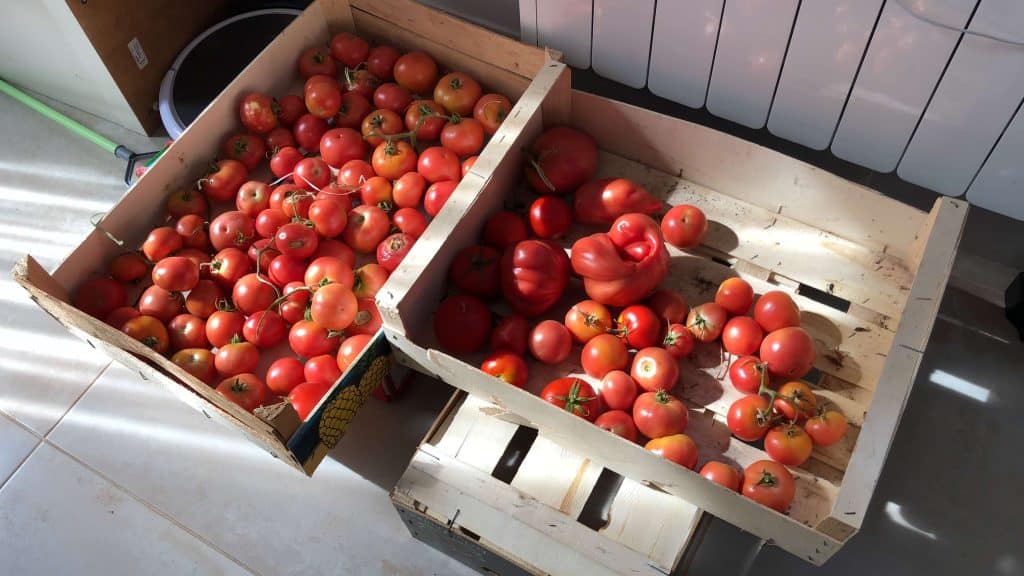 The water comes fromnatural or artificial sources.
The water comes fromnatural or artificial sources.
There is also a classification that seeks to maximize production, minimizing other means of production, with balance or environmental footprint.
intensive agriculture
pursue reachgreat production in small spaces,with soil wear. It is typical of industrialized countries.
To know more: Intensive agriculture.
extensive agriculture
It causes less pressure on the place, because it seekscultivate in wide expanses of land,but with minor benefits at the commercial level.
What is sustainable production or agricultural sustainability?
One of the most terrible dramas of humanity is that despite the progress made throughout history, today nearly 821 million people are literally starving to death, suffering from chronic hunger and malnutrition is also getting worse, because it affects one in three people on the planet, as explained by the Food and Agriculture Organization of the United Nations (FAO) on its official website.
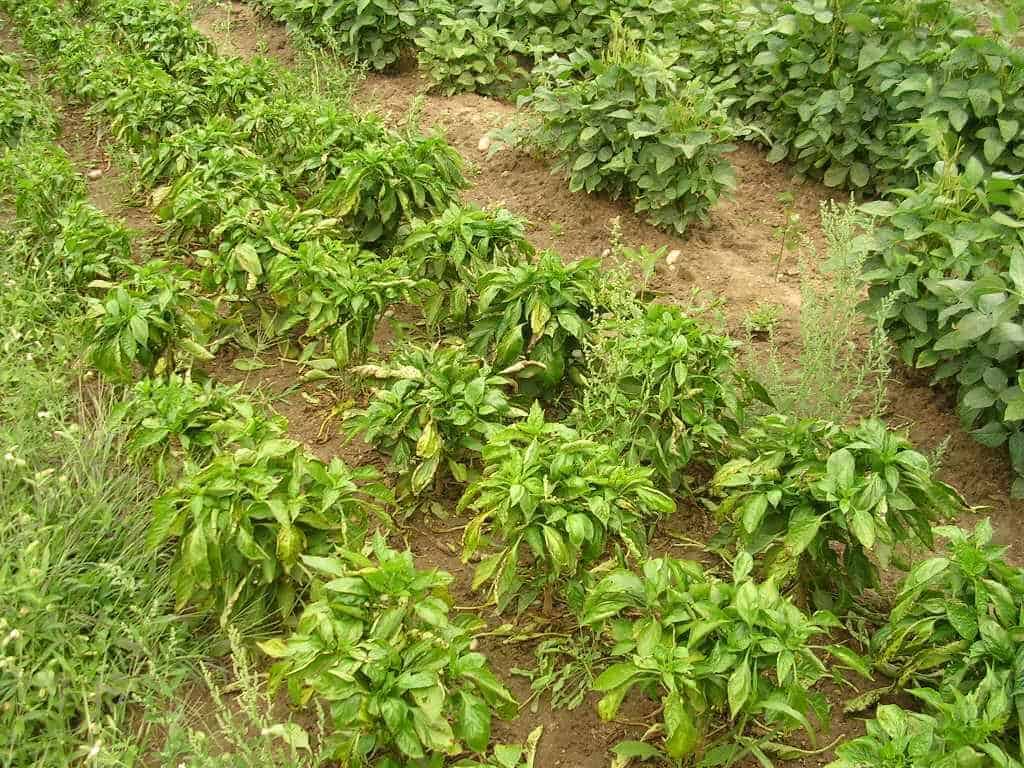 FAO warnsthat one of the greatest challenges in the world today is precisely to guarantee the feeding of a growing population, which is estimated to exceed 10,000 million in the year 2050.
FAO warnsthat one of the greatest challenges in the world today is precisely to guarantee the feeding of a growing population, which is estimated to exceed 10,000 million in the year 2050.
This impossible taskachieve if the destructive spiral continues to advance,on a planet where water and food are increasingly scarce, in the midst of voracious soil degradation and irreversible damage to biodiversity caused by the hand of man, in addition to the terrible effects of greenhouse gases from the indiscriminate burning of fossil fuels for more than a century.
Precisely, it is necessary to achieve food security from a comprehensive systemic perspective, with the development of sustainable agricultural practices that take advantage of the benefits of the planet’s biodiversity, where governments and private companies undertakecorrective actions that facilitate access to food produced in a healthier way.
Fortunately, the idea of unlimited economic growth, regardless of the consequences,has been replaced by a growing awarenessthat seeks a sustainable and sustainable development.
Something that preserves the best living conditions for future generations, assuming that development is often incompatible with improving people’s standard of living and environmental and social conditions, which makes it unsustainable over time, because it damages precisely the sources that provide their sustenance.
viable projects ofsustainable development that reconcile these vital aspectsthey are increasingly necessary for economic and social well-being, but with the greatest possible respect for environmental biodiversity.

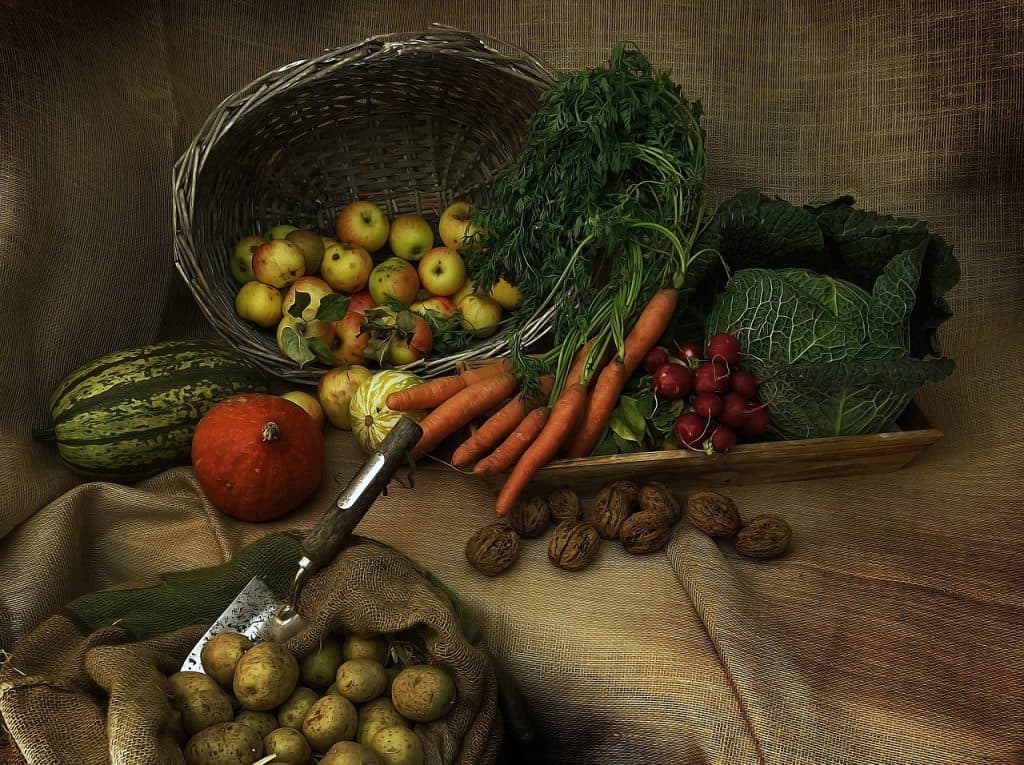
![Photo of Poppy: [Characteristics, Cultivation, Irrigation and Care]](https://www.complete-gardening.com/wp-content/uploads/2022/08/poppy-characteristics-cultivation-irrigation-and-care-390x220.jpg)
![Photo of Deforestation: [Concept, Causes and Solutions]](https://www.complete-gardening.com/wp-content/uploads/2022/08/deforestation-concept-causes-and-solutions-390x220.jpg)

